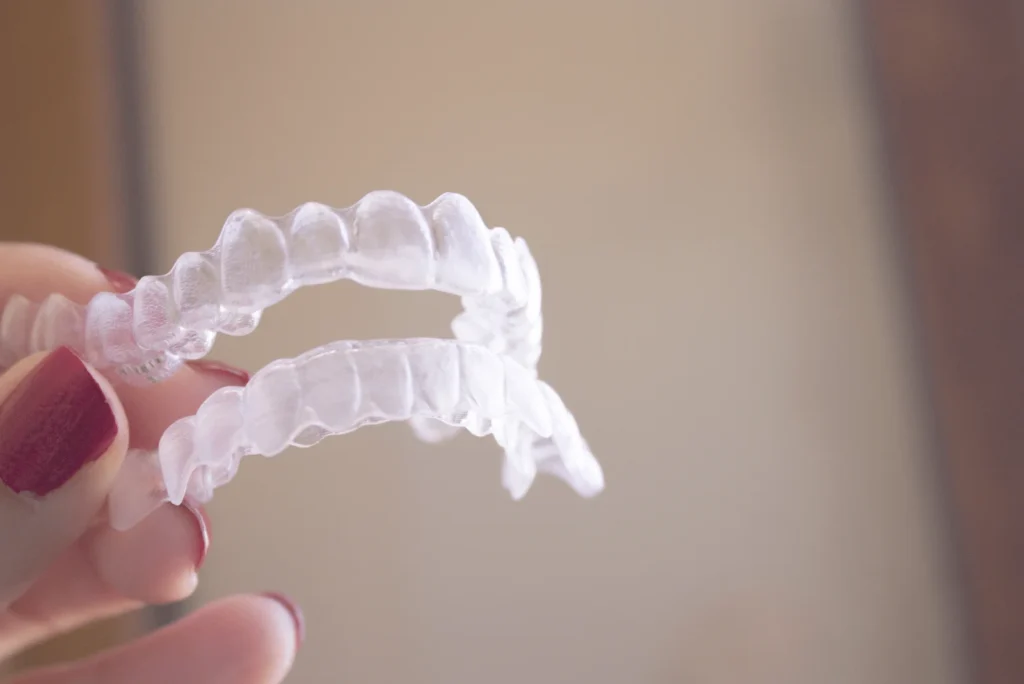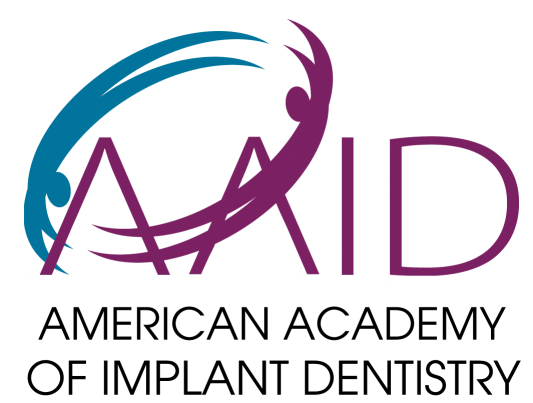Straightening your smile with Invisalign aligners involves gradually shifting the position of teeth. This process applies pressure to the gums and bone surrounding tooth roots. Some patients may then wonder – can moving my teeth with Invisalign trays increase my risk of receding gums?

It’s a fair question to ask. Below we’ll look at the realities around Invisalign and gum health, including steps for prevention.
How Could Invisalign Impact Gum Tissues?
In rare cases, adjusting tooth positioning through orthodontics may contribute to localized gum recession in patients predisposed to periodontal risks.
Here’s why:
Healthy gums tightly surround and attach to teeth with collagen fibers called the periodontal ligament. This ligament allows nourishment exchange between gums and tooth roots housed in the jawbone below.
Invisalign works by applying controlled force onto teeth to shift their positions within the bone over time. As this happens, the periodontal ligament fibers naturally expand and rebuild on the tooth’s new placement.
If tissues reattach in a lower position on the root’s surface, it creates visible shrinkage of gum margins from the crown – called a gingival recession or receding gums.
Risk Factors to Consider
Not everyone experiences gum changes from Invisalign or other orthodontics. Those at higher risk include patients with:
- Pre-existing thin gums or lack of attached gingiva
- Current gum disease or periodontitis
- Aggressive tooth movement plans
- Hygiene issues before/during treatment
- Genetic predispositions
Thorough diagnosis, advanced imaging, slower treatment planning, and diligent home care help us minimize gum recession risks for candidates.
Can Proper Care Prevent Recession Issues?
Maintaining excellent oral hygiene minimizes the likelihood of receding gums not only during Invisalign but lifelong. Recommendations include:
- Consistent brushing
- Using non-abrasive fluoride toothpaste
- Daily flossing under the gumline
- Regular professional cleanings
- Gently brush aligners before reinserting
- Tracking and gum changes and promptly informing our dentists
Staying vigilant shields vulnerable tissues as new forces act upon the roots and surrounding bone. We also avoid planning overly aggressive movements most likely to tear rather than rebuild fibers properly.
What If My Gums Recede During Treatment?
If you notice gum shrinkage or increasing tooth sensitivity from exposure during Invisalign, inform our Lansdowne Family Dental team promptly.
We can then:
- Assess recession severity and cause
- Modify the treatment plan and timeline
- Smooth aligner edges irritating tissues
- Try shorter aligner wear intervals
- Polish teeth to calm sensitivity
- Discuss gum grafting to restore lost tissue
The key is communicating changes early before a significant recession occurs. This allows us to intervene with corrections keeping your smile goals on track while supporting gum health.
Protect Your Smile Investment with Great Hygiene
While Invisalign itself rarely causes gum problems alone, ensuring excellent cleaning habits and tracking tissue changes protects your investment. Preventing recession means you fully enjoy your smile transformation long after the aligners finish.
As your dental partners, we take a holistic approach – assessing overall oral health risks before aligners begin shifting teeth. Ongoing communication allows us to jointly maximize outcomes, balancing gum health and your improved smile.






